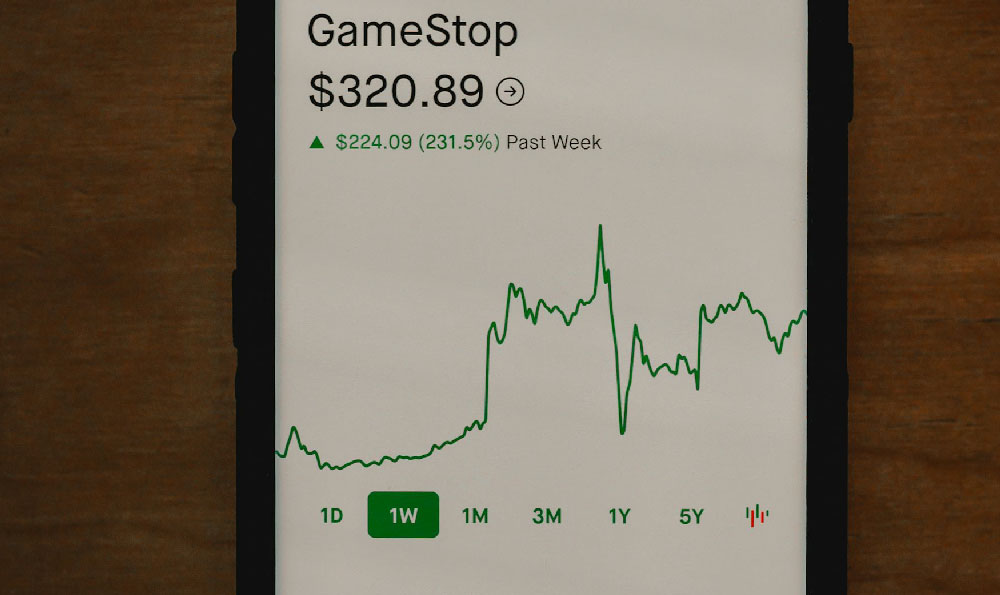How to Sell on Etsy Without Making Anything? Is Dropshipping or Print-on-Demand the Answer?
Navigating the world of online entrepreneurship can feel like traversing a vast, uncharted ocean. You yearn to set sail and capture your share of the treasure, but perhaps lack the skills or resources to craft your own vessel, your own unique product. Etsy, the vibrant marketplace teeming with handcrafted and vintage goods, might seem like an unlikely harbor for those without crafting expertise. However, the question, "How to sell on Etsy without making anything?" is a legitimate one, reflecting a burgeoning desire to participate in the e-commerce landscape without the initial investment in materials and manufacturing.
The appeal of selling on Etsy is undeniable. It boasts a highly engaged customer base, passionate about unique and often personalized items. These shoppers are actively seeking alternatives to mass-produced goods, valuing the human touch and the story behind each creation. This presents an opportunity for aspiring entrepreneurs who can curate, market, and present existing designs in a compelling way. So, while Etsy fundamentally celebrates the maker, there are avenues to explore if you aren't directly involved in the physical creation of the product. Let's examine the primary pathways: dropshipping and print-on-demand, assessing their suitability for the Etsy ecosystem.
Dropshipping, in its purest form, involves partnering with a supplier who holds inventory and ships products directly to your customers. You essentially act as a storefront, focusing on marketing and customer service. While dropshipping can seem like a low-risk entry point, it's generally not recommended for Etsy. Etsy's core values emphasize handmade, vintage, and unique items. Dropshipping often involves reselling generic, mass-produced goods, which directly clashes with Etsy's ethos. Attempting to dropship generic items on Etsy is likely to result in account suspension, as Etsy actively monitors shops for violations of their policies. They prioritize transparency and originality, making dropshipping a precarious and often unsustainable strategy.

However, a nuanced perspective is required. There are instances where a modified form of dropshipping could potentially align with Etsy's guidelines. If you are designing the product, even if you're not physically making it, and you partner with a dropshipping supplier solely for fulfillment, you might be on firmer ground. The crucial factor is your direct involvement in the creative process. You need to be the originator of the design, not merely a reseller of someone else's work. For example, if you're a graphic designer creating intricate patterns for phone cases, and you use a dropshipping service to print and ship those cases, you could potentially operate within Etsy's parameters. However, transparency is paramount. You must be upfront with Etsy about your production process and demonstrate your significant role in the design and creation. Be prepared to provide documentation or evidence of your design work.
Print-on-demand (POD) offers a more viable alternative. Like dropshipping, POD allows you to sell products without holding inventory. However, the key difference lies in the customization aspect. With POD, you upload your designs to a platform, and when a customer orders an item featuring your design (e.g., a t-shirt, mug, or canvas print), the platform prints and ships the product on demand. This model aligns better with Etsy's emphasis on unique and personalized items, as you are contributing your own creative work, even if you are not directly involved in the physical production.
To succeed with print-on-demand on Etsy, several factors are crucial. First and foremost, your designs must be high-quality, original, and appealing to Etsy's target audience. Research current trends, identify niches with strong demand, and develop designs that resonate with potential customers. Second, presentation is key. Invest in high-quality product mockups to showcase your designs effectively. Customers need to visualize the finished product and understand its value. Third, optimize your listings with relevant keywords and compelling descriptions. Explain the inspiration behind your designs and highlight the unique aspects of your products. Finally, provide excellent customer service. Respond promptly to inquiries, address concerns effectively, and strive to create a positive shopping experience.
Even with print-on-demand, strict adherence to Etsy’s policies is vital. Be transparent about your partnership with a POD provider. While you don't need to disclose the specific company, you should clearly state that your items are made to order by a production partner. Avoid using generic descriptions that imply handmade production if that is not the case. Be prepared to justify your design process and demonstrate your creative input if questioned by Etsy.
Beyond dropshipping and print-on-demand, there are other, often overlooked, ways to participate on Etsy without directly crafting physical goods. Selling digital products offers a compelling avenue. This could include printable art, patterns, templates, or even e-books related to crafting or DIY. These products require no physical inventory, eliminating the need for manufacturing or fulfillment. You create the digital file once and can sell it an unlimited number of times. The success here hinges on the quality and usefulness of your digital products and your ability to market them effectively.
Another avenue is curating supplies. You can source and sell craft supplies, vintage fabrics, beads, or other materials that appeal to makers. This requires a keen eye for quality and a strong understanding of the crafting market. You need to be able to identify in-demand items and source them at competitive prices. Your value proposition lies in providing a carefully curated selection of high-quality supplies that meet the needs of Etsy's creative community.
Ultimately, succeeding on Etsy without making anything requires a strategic approach. It's not about finding loopholes or trying to game the system; it's about identifying opportunities to contribute value to the Etsy ecosystem in a way that aligns with its core principles. This means focusing on design, curation, marketing, and customer service. Whether you choose print-on-demand, digital products, or curated supplies, transparency, originality, and a commitment to quality are essential for long-term success. While the path may be less traditional, it's undoubtedly possible to build a thriving Etsy business without personally wielding a needle, brush, or hammer. You become a facilitator of creativity, connecting designers with customers, and providing valuable resources to the vibrant Etsy community.















